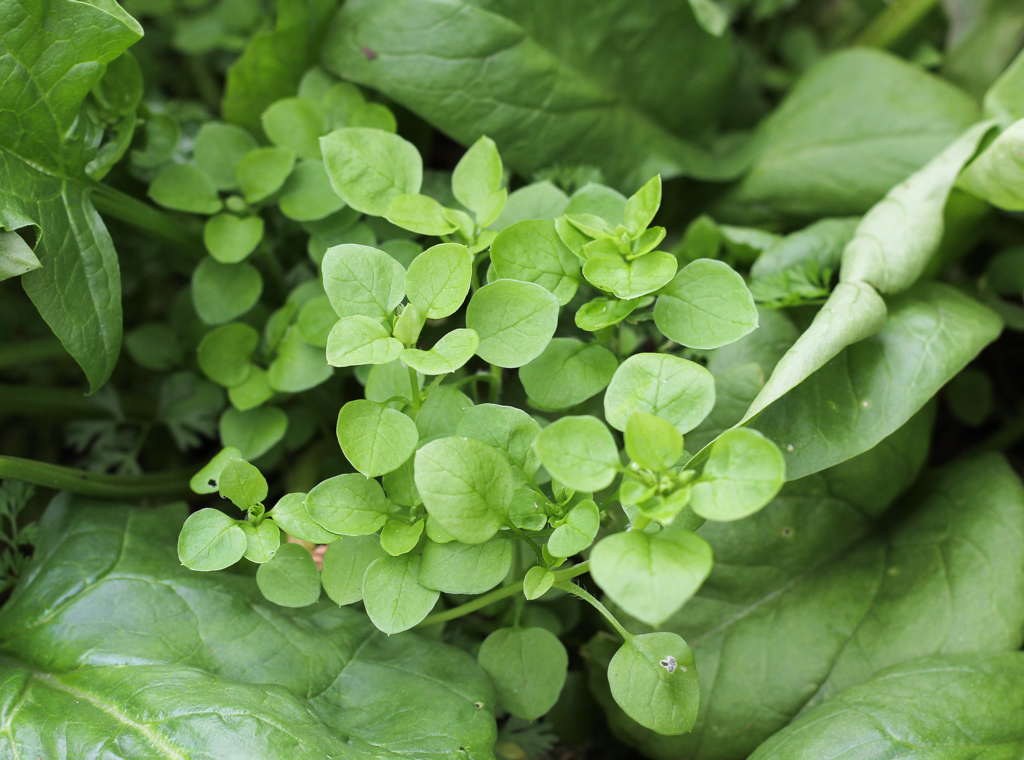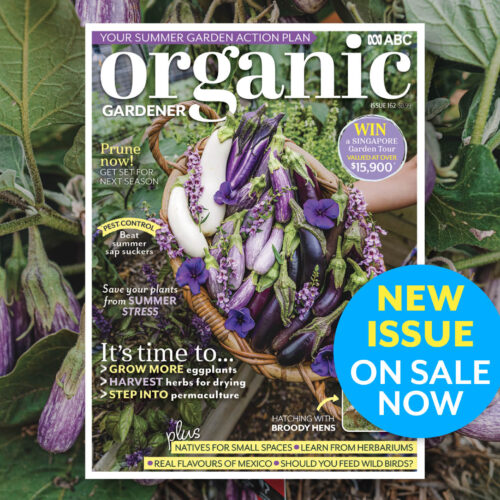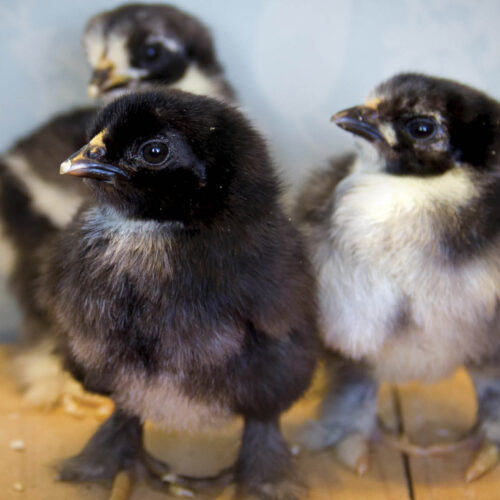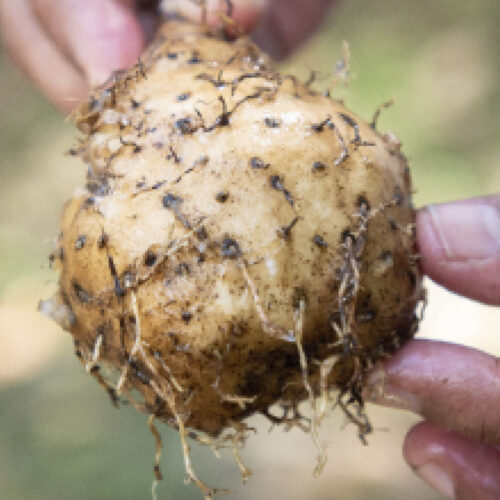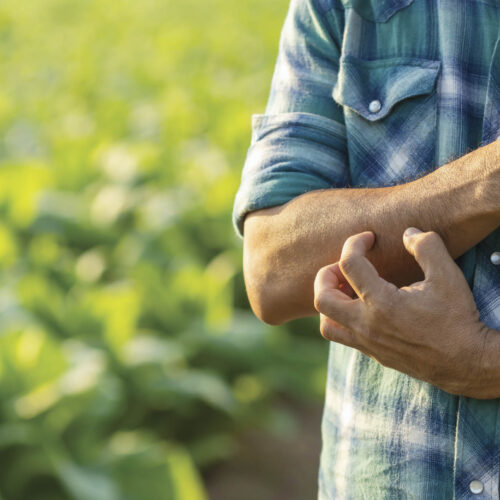What to do in June
2014-05-30T04:49:13+10:00
It might still feel like summer in some areas but cooler weather is on its way. JUSTIN RUSSELL shares some timely June gardening jobs.
Across most of Australia, conditions have been unseasonably warm. Reports have been coming in about fruit trees flowering out of season, tomatoes and other frost sensitive plants refusing to let go of the season with the tenacity of a jilted lover. But make no mistake, the earth still spins on its axis and the winter solstice will occur near the end of the month. Even if the cold hasn’t already arrived, you can guarantee that winter is on its way.
June is an excellent month to mulch. A layer of organic material, spread across the soil surface acts like a blanket, insulating the ground against cold and preserving summer’s warmth. use whatever materials are locally available. Sugarcane is good if you’re in Queensland or northern NSW, pea straw and lucerne are both excellent and forest mulch (aka wood chips) is great for trees. Spread in a layer about five to ten centimetres thick.
In temperate climates, it’s time to think about cutting back the spent canes of raspberries and blackberries. Make sure you differentiate between summer fruiting and autumn varieties. The latter (sometimes known as primocane varieties, eg ‘Heritage’ raspberry) can be pruned completely to ground level. Summer varieties should have the old spent growth cut out, leaving the newly formed canes to go on and fruit next summer.
The first citrus fruits of winter are being harvested. One of the questions I get asked a lot is when do I know it’s time to pick. My advice is to use your senses as a guide. If the fruit has coloured up, it is probably ripe. Give it a smell. And for the ultimate proof, pick a piece or two and taste them. If they’re good, go ahead and start picking.
If you heat your home with fire, remember that wood ash is a brilliant natural soil conditioner. because it contains calcium and potassium carbonates, you can use it as a replacement for lime to sweeten acidic soil or potash to help harden foliage and induce flowering. It’s great sprinkled around fruit trees like apples, figs, and pomegranates.
Evaporation rates start to slow dramatically in June, which means that potted plants and container grown vegies need careful monitoring to avoid becoming waterlogged. Before watering, do the finger test. Poke you index finger into the potting mix – if it feels dry down to the second knuckle, give the pot a drink. If it’s moist, hold off for a couple more days. As a general rule, pots need watering every day or two in summer, and just once or twice per week in winter.
I love turning problems into solutions, and nothing exemplifies this concept better than chickweed (pictured above). Not matter how hard I try, it always infests damp, shady parts of my garden at this time of year. But I no longer try desperately to control it and instead use it to my advantage. Chickweed is a nutritional powerhouse, containing twice the iron of spinach and a good dose of vitamins A and C. It’s high protein content means that it is indeed good for chooks, but it’s also good for humans! Eat it raw in salads, cooked in soups or stews, or make a chickweed pesto. Just avoid confusing it with pretty spurge, which is mildly toxic (consult a guidebook if you’re unsure of the difference).
Here’s a good reference site for weed identification:
http://www.db.weedyconnection.com/chickweed/

